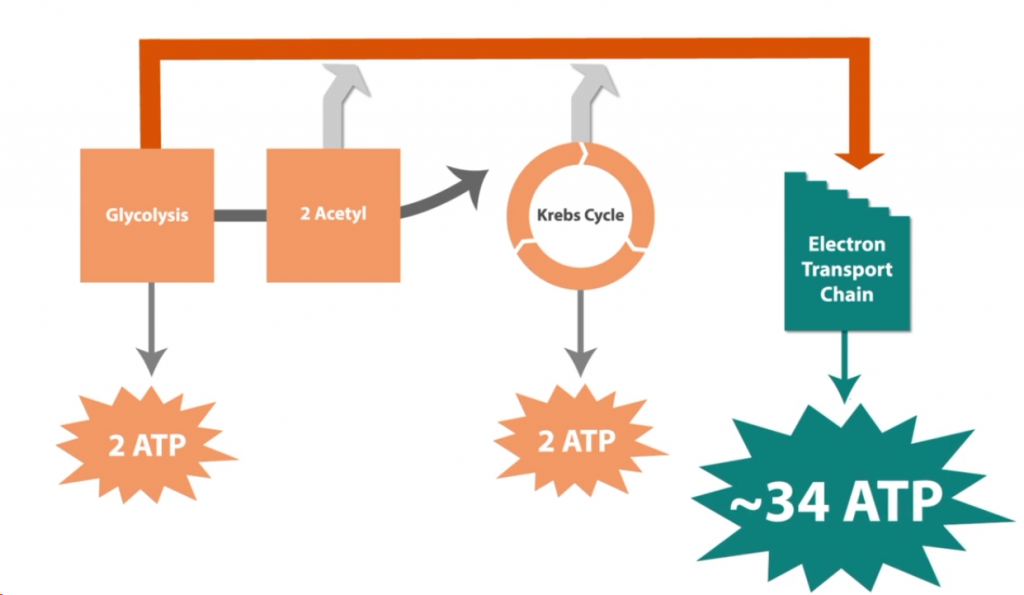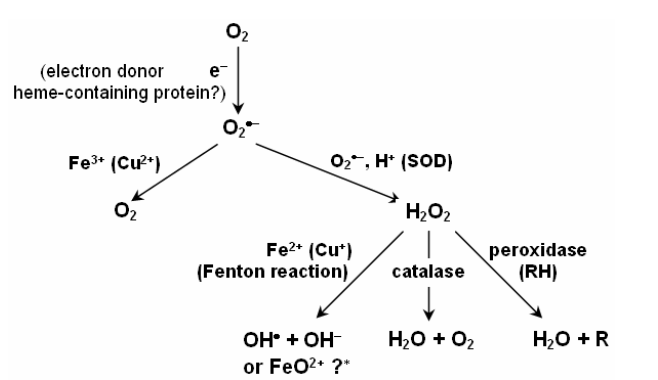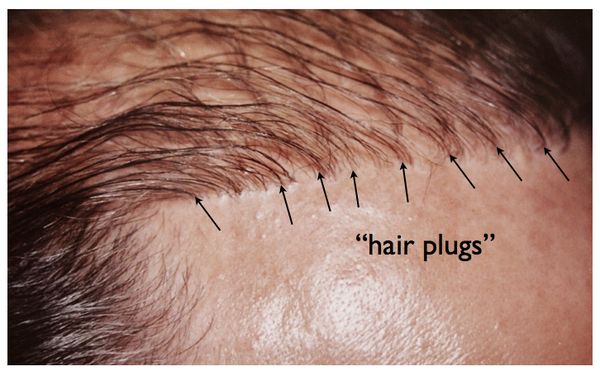In previous blog post, you learned that how I accidentally discovered Iron Connection to hair loss.
Iron : Hair Loss Wunderkind or Arbiter of Doom
In this blog post, I am going to describe how Iron activates the Fibrosis and Calcification Switch and causes Hair Loss and many more Chronic Problems.
But to explain the mechanism to you, I need to simplify things for you.
As you know Pattern Hair Loss is a result of Fibrosis and Calcification.
What’s Fibrosis ? (According to Wikipedia)
Fibrosis is the formation of excess Fibrous Connective Tissue in Organ/Tissue in reparative or reactive process. Fibrosis can interfere with or totally inhibit the function of Organ and Tissue.
What’s Calcification ? (According to Wikipedia)
Accumulation of Calcium Salts in Tissues.
In order to understand the Mechanism of how Iron initiates Fibrosis and Calcification Switch, you need to understand basis of Cellular Respiration, Energy Metabolism and Anti-Oxidant Defense System.
Dr. Chris Masterjohn has done wonderful job in explaining this in simple language.
There is a study connecting Tissue Hypoxia linked to Male Pattern Baldness. They found tissue hypoxia in bald scalp compared with hair-bearing scalp.
What’s Hypoxia according to Standard Definition ?
It’s low saturation of Oxygen in Tissues but do you know it also could be because of Mitochondrial ETC (Electron Chain Transport) Dysfunction.
Hypoxia = Low Oxygen Levels = Low Levels of Iron (because Iron carries Oxygen)
But low levels of Copper (Bio-available) can also cause Hypoxia because Copper activates Oxygen. Look at Complex IV of ETC.
It’s also called Cytochrome C Oxidase. It’s function is to transfer the electrons from reduced cytochrome C molecules to Oxygen.
It contains
a. Two Heme groups
b. 3 Copper Atoms
Copper is essential for three key steps in the process to make these new blood cells:
a) make energy
Copper (I) is responsible for 90% energy production in Electron Transport Chain.


b) make {Fe-S] Clusters
c) make Heme

(Role of Copper in Mitochondrial Iron Metabolism)
Defects in Iron metabolism causes
- Impaired Mobilization of Iron to Transferin (Requires Ceruloplasmin)
- Impaired synthesis of Heme from Fe(III) (Requires Cytochrome Oxidase
Both of them are Copper Dependent.
So new definition of Hypoxia is
Hypoxia = Low Oxygen Activation = Lack of Bio-available Copper
Why Copper is so important here ?
Because Copper mobilizes Iron from Tissues/Organs to where it needs to be. 
Ceruloplasmin is Copper binding Protein and without it Copper can cause Oxidative damage just like Iron. It oxidizes Ferrous to Ferric and gets reduced from Cupric to Cuprous.
For body to utilize Copper, it has to be in Cu (I) state. For Iron used for Storage purpose (like Ferritin) or Heme Synthesis, Iron has to be in Fe (II) state and for Transport purpose, it has to be Fe (III) state.
Ferrous i.e. Fe (II), Ferric i.e. Fe (III), Cuprous i.e. Cu (I), Cupric i.e. Cu (II)

When there is no Cu (I) available in last step of Cytochrome C Complex IV, 90% of energy is not made (34 out of 38 ATP) Instead ETC dysfunction causes ROS (Reactive Oxygen Species) formation giving rise to oxidative stress through formation of Super oxide , Hydrogen Peroxide, Hydoroxyl Radical etc etc.

Superoxides initiates Fenton reaction in presence of Fe (II)


To stop the propagation of free radicals, anti-oxidant defense system in our body starts working

(Reference : Fenton Reaction)
This is how Fibrosis and Calcification takes place

How Hypoxia induces Hair Loss ?

NF‐κB and HIF crosstalk in immune responses
In those experiencing Hair Loss, level of SOD (Superoxide Dismutase) is significantly lower compared to those who don’t have AGA.

The conclusion of papers says that
“Significantly decreased SOD activity but no change in catalase, glutathione peroxidase, non-protein thiols level and total antioxidant activity in erythrocytes suggest the presence of a compensatory mechanism for SOD dysfunction in red blood cells of patients with androgenetic alopecia.”
Oxidative stress in androgenetic alopecia
A recent paper “Copper Deficiency a New Reason of Androgenetic Alopecia?”

It clearly indicates the Copper levels in Men and Women who have Androgenic Alopecia is significantly lower than those who don’t have it.

Copper and Ceruloplasmin levels in men and women with Androgenic Alopecia are significantly lesser than those who don’t have it.
More in depth explanation will be added soon.
If you want to reverse your pattern hair loss using Diet changes and Lab Testing, check Hair Regrowth Blueprint.

Namaskara Sukrut,
I was just wanting clarification because in your previous post you indicate that you had made a link to excess iron and hair loss but then in this post you post a study(Tissue Hypoxia link to hair loss) indicating that low iron levels are linked to hair loss. How are they related?
Dhanyavada
Low Iron and High Iron both are the result of same phenomenon. Copper-Iron Dysregulation. It is just manifested in 2 different ways. e.g. When you have low serum iron, it’s indication that your body is hiding iron from pathogens because Pathogens thrive on them.
If you want to know true Iron status in body, you should not just look at Serum Iron, Transferin Satuation, Hemoglobin and Ferritin value but you should also look at Ferroxidase Function. In both cases of low/high serum iron, saturation, ferritin, hemoglobin, low ferroxidase would give away that Copper-Iron dysregulation is there. It’s also indicator of inflammation, in case if Ceruloplasmin value exceeds 0.4,it’s indication of high level of inflammation in the body.